Home>Gardening & Outdoor>Outdoor Structures>How To Keep A Metal Shed Cool
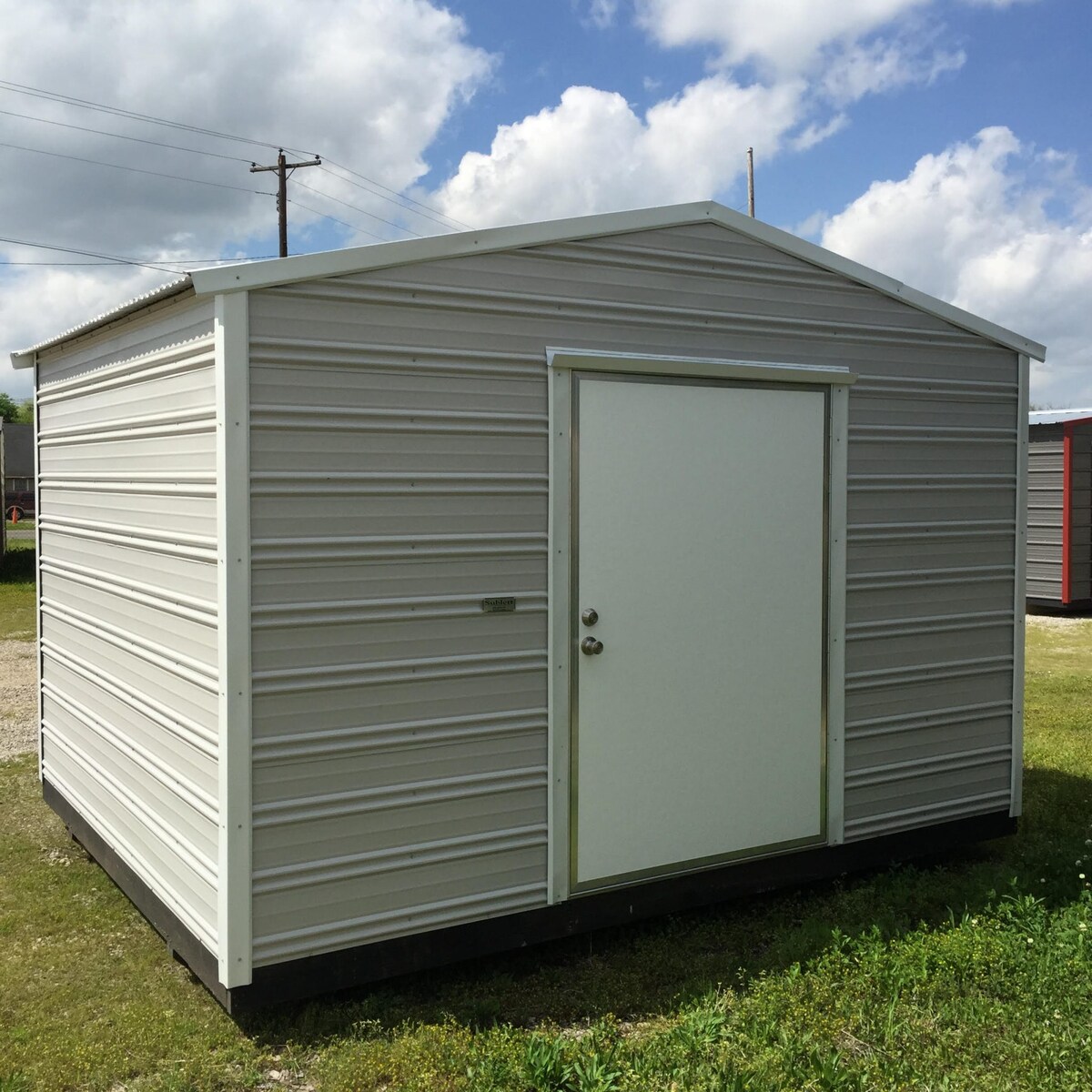

Outdoor Structures
How To Keep A Metal Shed Cool
Published: January 20, 2024
Learn effective ways to keep your outdoor metal shed cool during hot weather. Discover tips and techniques to maintain a comfortable environment for your outdoor structures.
(Many of the links in this article redirect to a specific reviewed product. Your purchase of these products through affiliate links helps to generate commission for Storables.com, at no extra cost. Learn more)
**
Introduction
**
When it comes to outdoor storage solutions, metal sheds are a popular choice due to their durability and low maintenance requirements. However, one common concern among metal shed owners is how to keep the interior cool, especially during hot summer months. Excessive heat can not only make it uncomfortable to spend time inside the shed but can also potentially damage items stored within. Fortunately, there are several effective strategies for maintaining a cool and comfortable environment inside a metal shed.
In this article, we will explore various methods to keep a metal shed cool, ranging from simple ventilation techniques to more advanced insulation and shading solutions. By understanding the principles behind temperature regulation and implementing the right strategies, shed owners can create a pleasant and functional space for storage, hobbies, or other activities. Let's delve into the world of metal shed cooling and discover how to beat the heat with practical and innovative approaches.
**
Key Takeaways:
- Metal sheds can become unbearably hot, but with proper ventilation, insulation, and shading, shed owners can create a cool and comfortable space for storage, hobbies, or relaxation.
- From solar-powered fans to reflective coatings, there are various innovative ways to beat the heat and transform a metal shed into a versatile and inviting environment, enhancing the outdoor living experience.
Read more: How To Insulate A Metal Shed
Understanding the Problem
**
Before delving into the solutions, it’s crucial to understand why metal sheds tend to become hot in the first place. Unlike wooden or plastic sheds, metal sheds are highly susceptible to heat absorption. When exposed to direct sunlight, the metal panels absorb and retain heat, turning the interior into a sweltering space. Additionally, poor ventilation and insulation can exacerbate the issue, trapping heat inside the shed.
Furthermore, items stored inside the shed, such as tools, equipment, or even vehicles, can contribute to the heat buildup. These items absorb heat and radiate it back into the confined space, further elevating the temperature. The cumulative effect of heat absorption, poor airflow, and heat-emitting items can transform a metal shed into an oven-like environment, rendering it unsuitable for comfortable use.
Understanding these factors is essential for devising effective cooling strategies. By addressing each contributing element, shed owners can significantly mitigate the heat-related challenges and create a more hospitable environment within the metal shed. With this insight, we can now explore the practical solutions to combat the heat and transform the metal shed into a cool and inviting space.
**
Ventilation and Airflow
**
Effective ventilation is a fundamental aspect of keeping a metal shed cool. By facilitating airflow, shed owners can prevent the buildup of hot, stagnant air, thus reducing the interior temperature. There are several strategies to achieve optimal ventilation:
- Windows and Vents: Installing windows or vents in the shed allows for natural airflow. Positioning them strategically to encourage cross ventilation can significantly improve air circulation. Additionally, louvered vents can be installed on the walls or roof to facilitate the escape of hot air.
- Roof Ventilation: A vented ridge or roof turbine can expel hot air that accumulates at the highest point of the shed. This can prevent the buildup of heat in the upper regions, creating a more balanced temperature throughout the shed.
- Solar-Powered Fans: Solar-powered exhaust fans are an eco-friendly and efficient option for promoting airflow. These fans harness solar energy to expel hot air from the shed, effectively reducing the internal temperature.
- Doors and Entryways: Properly positioning doors and entryways can also facilitate airflow. Placing them opposite each other can encourage cross ventilation, allowing cool air to enter while hot air escapes.
By implementing these ventilation strategies, shed owners can create a continuous flow of air, preventing heat from accumulating and maintaining a cooler interior environment. However, ventilation alone may not be sufficient to combat extreme heat, especially in regions with intense sunlight and high temperatures. In such cases, additional measures such as insulation and reflective coatings can complement ventilation efforts to further reduce heat absorption and retention within the metal shed.
**
Insulation and Reflective Coatings
**
Insulation plays a crucial role in regulating the temperature inside a metal shed. By adding insulation materials to the walls, roof, and even the floor, shed owners can minimize heat transfer, keeping the interior cooler in hot weather and warmer in cold conditions. Common insulation materials include fiberglass, foam board, and reflective foil insulation, each offering unique benefits in terms of thermal resistance and installation convenience.
Reflective coatings, such as radiant barrier paints or reflective roof coatings, can also be applied to the exterior of the shed to reduce heat absorption. These coatings reflect a significant portion of the sun’s radiant energy, preventing the metal panels from becoming excessively hot. By minimizing heat absorption, reflective coatings contribute to maintaining a cooler interior environment, especially during peak sunlight hours.
Combined with effective ventilation, insulation and reflective coatings create a comprehensive approach to temperature control in metal sheds. While ventilation promotes airflow and prevents heat buildup, insulation and reflective coatings work to minimize heat transfer, ensuring that the shed remains comfortable and functional regardless of external weather conditions.
It’s important to select insulation materials and coatings that are suitable for the local climate and environmental factors. By choosing the right combination of ventilation, insulation, and reflective coatings, shed owners can effectively mitigate the challenges associated with excessive heat, transforming their metal sheds into comfortable and versatile spaces for various purposes.
**
Consider insulating the metal shed to help regulate the temperature. You can also add ventilation such as roof vents or fans to promote air circulation and keep the space cool.
Shade and Greenery
**
Strategic placement of the metal shed in relation to natural shade sources can significantly impact its internal temperature. Whenever possible, positioning the shed under existing shade, such as trees or adjacent structures, can help reduce direct sun exposure, thereby minimizing heat absorption. Additionally, installing a shade sail or awning above the shed can provide instant relief from intense sunlight, creating a cooler microclimate around the shed.
Introducing greenery around the shed can also contribute to its cooling. Planting vines or climbing plants near the walls can create a natural barrier against direct sunlight, offering both shade and aesthetic appeal. Moreover, the process of transpiration, through which plants release water vapor, can further cool the surrounding air, positively influencing the shed’s immediate environment.
Furthermore, incorporating potted plants or a small garden near the shed can enhance its overall cooling effect. Plants not only contribute to the visual appeal of the outdoor space but also aid in reducing ambient temperatures through their natural cooling mechanisms. By leveraging shade and greenery, shed owners can create a more comfortable and visually appealing environment around the metal shed, effectively mitigating the impact of heat during warm weather.
**
Read more: How To Paint A Metal Shed
Other Cooling Solutions
**
Aside from ventilation, insulation, and natural shading, there are additional cooling solutions that can further enhance the comfort and functionality of a metal shed:
- Portable Air Conditioning: For sheds used as workshops, hobby spaces, or offices, portable air conditioning units can provide targeted cooling. These units are designed to efficiently cool small to medium-sized spaces, offering a respite from extreme heat during work or leisure activities.
- Evaporative Coolers: Also known as swamp coolers, these devices utilize the natural process of evaporation to cool the air. By drawing warm air through water-saturated pads, evaporative coolers release cooler, humidified air into the shed, creating a refreshing environment without the need for traditional air conditioning.
- High-Performance Insulated Doors: Upgrading the shed’s entry points with high-performance insulated doors can minimize heat transfer and improve overall thermal efficiency. Insulated doors help maintain a stable interior temperature, preventing outdoor heat from infiltrating the shed.
- Light-Colored Exterior Finishes: Opting for light-colored exterior finishes, such as paint or siding, can reduce heat absorption by reflecting a greater amount of sunlight. Light-colored surfaces are less prone to heating up, contributing to a cooler interior environment.
By incorporating these additional cooling solutions, shed owners can tailor the environment within the metal shed to suit their specific needs and preferences. Whether it’s creating a comfortable workspace, protecting temperature-sensitive items, or simply enjoying leisure time in a cool retreat, these options offer versatile and effective ways to combat heat and optimize the shed’s interior climate.
**
Conclusion
**
Maintaining a cool and comfortable environment within a metal shed is not only achievable but also essential for maximizing its utility and enjoyment. By addressing the factors that contribute to heat buildup and implementing effective cooling strategies, shed owners can transform their metal sheds into versatile, inviting spaces for storage, hobbies, or relaxation.
From optimizing ventilation and incorporating insulation to leveraging natural shade and exploring innovative cooling solutions, there are numerous approaches to combat heat and create a more pleasant environment inside the shed. Each strategy contributes to a comprehensive cooling solution, ensuring that the shed remains functional and comfortable, regardless of external weather conditions.
By understanding the principles of temperature regulation and applying the appropriate cooling techniques, shed owners can enhance the usability and longevity of their metal sheds. Whether it’s protecting valuable equipment, creating a comfortable workspace, or simply enjoying a cool retreat, the investment in effective cooling measures yields numerous benefits for shed owners.
Ultimately, the goal is to strike a balance between practical functionality and enjoyable comfort, making the metal shed a valuable and integral part of the outdoor living space. With the right cooling strategies in place, shed owners can confidently tackle the challenges of heat and create an environment that aligns with their specific needs and preferences.
Embracing the diverse array of cooling solutions available, shed owners can look forward to a cooler, more inviting space that enhances their outdoor living experience and provides a refuge from the heat, ensuring that the metal shed remains a valuable and enjoyable asset for years to come.
Frequently Asked Questions about How To Keep A Metal Shed Cool
Was this page helpful?
At Storables.com, we guarantee accurate and reliable information. Our content, validated by Expert Board Contributors, is crafted following stringent Editorial Policies. We're committed to providing you with well-researched, expert-backed insights for all your informational needs.
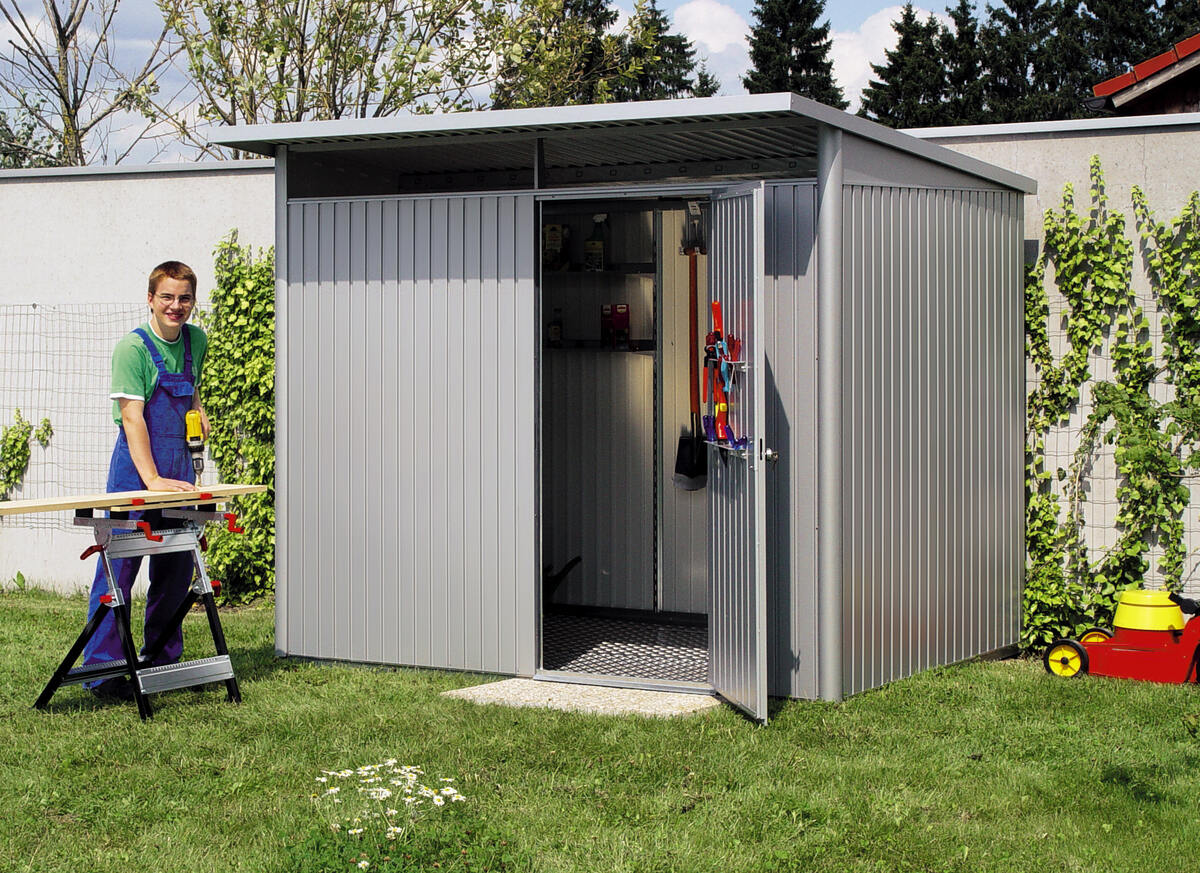
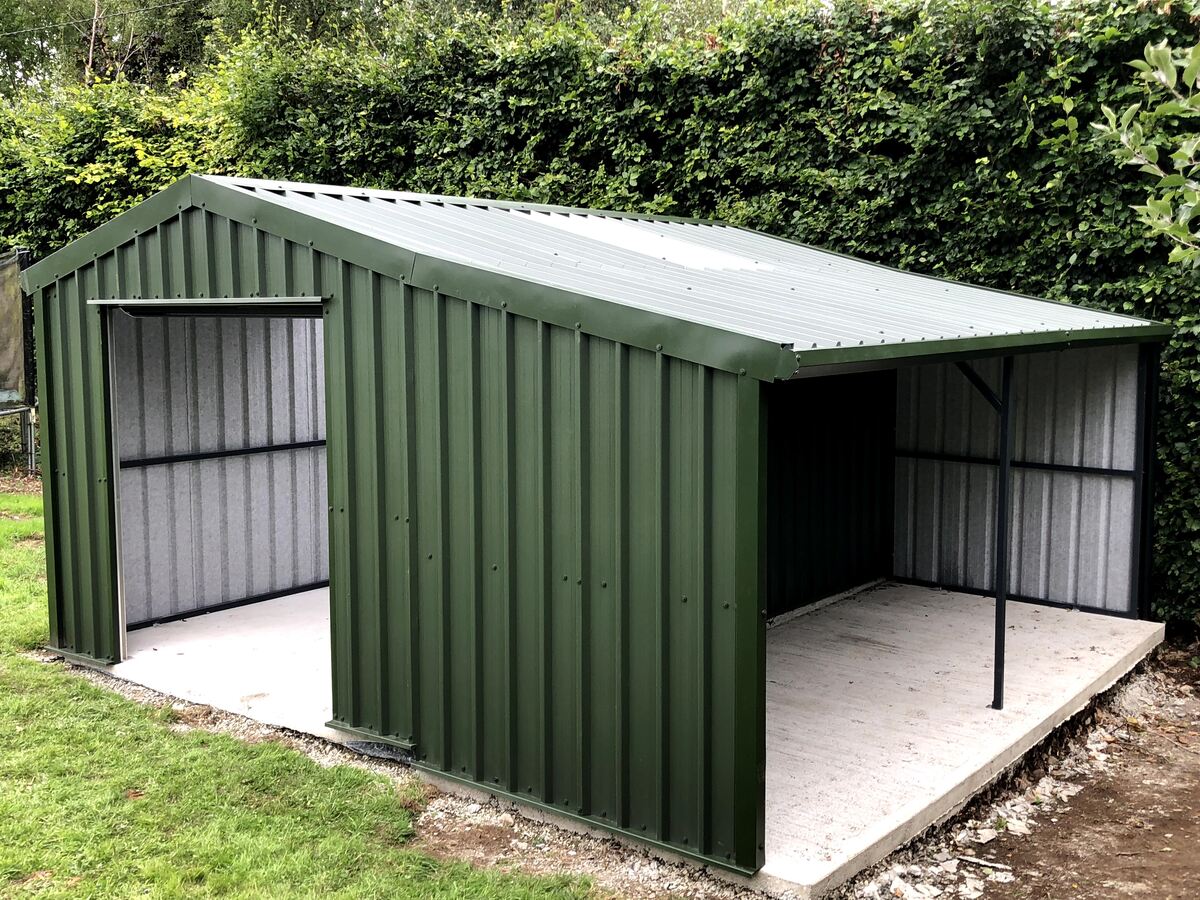
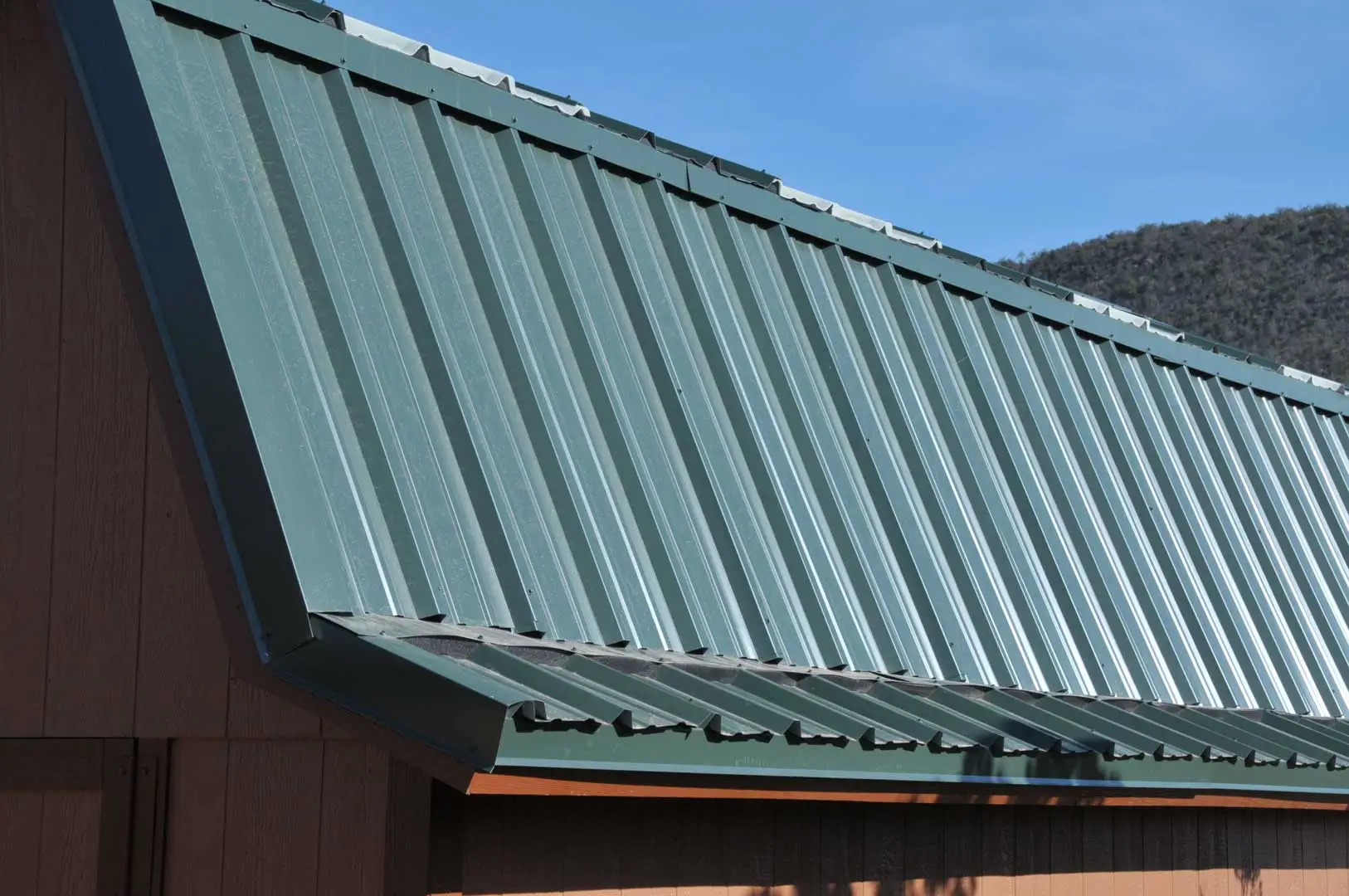
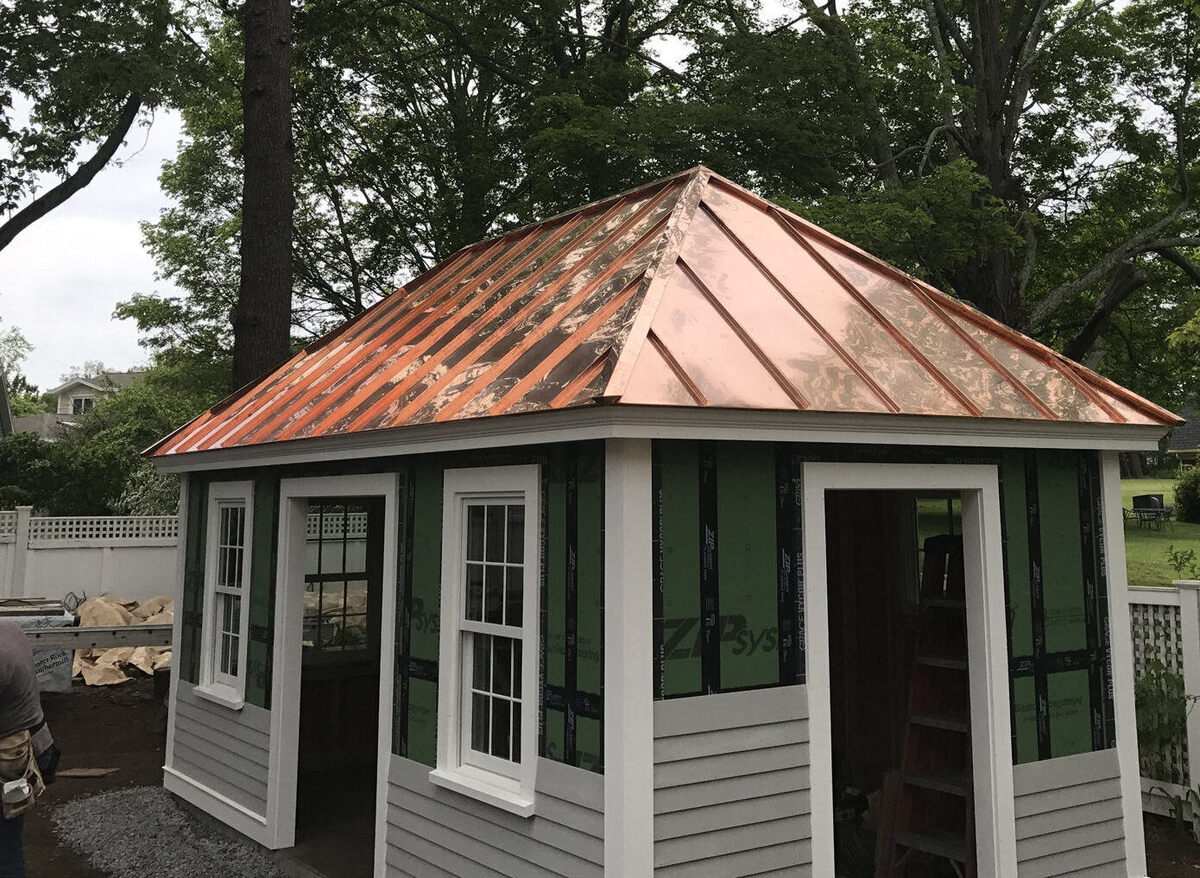
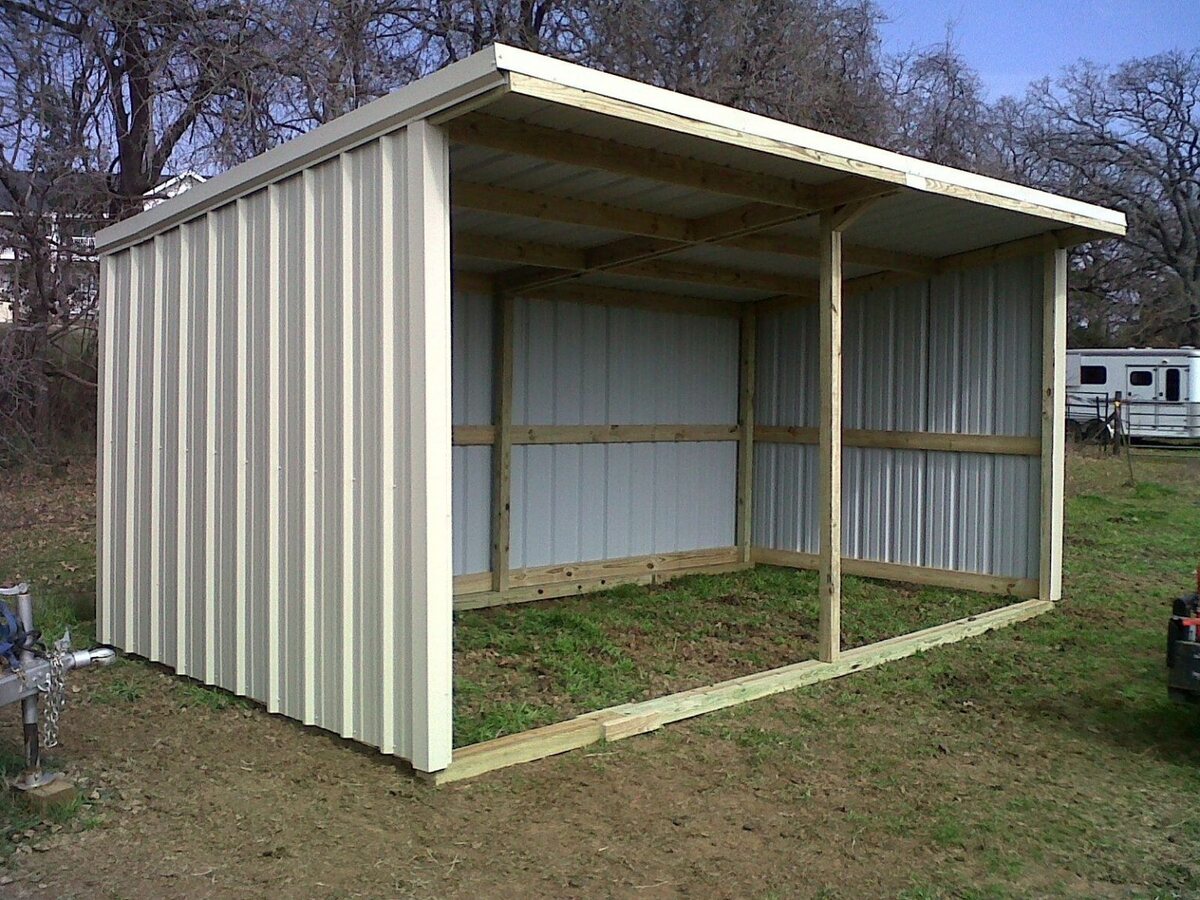
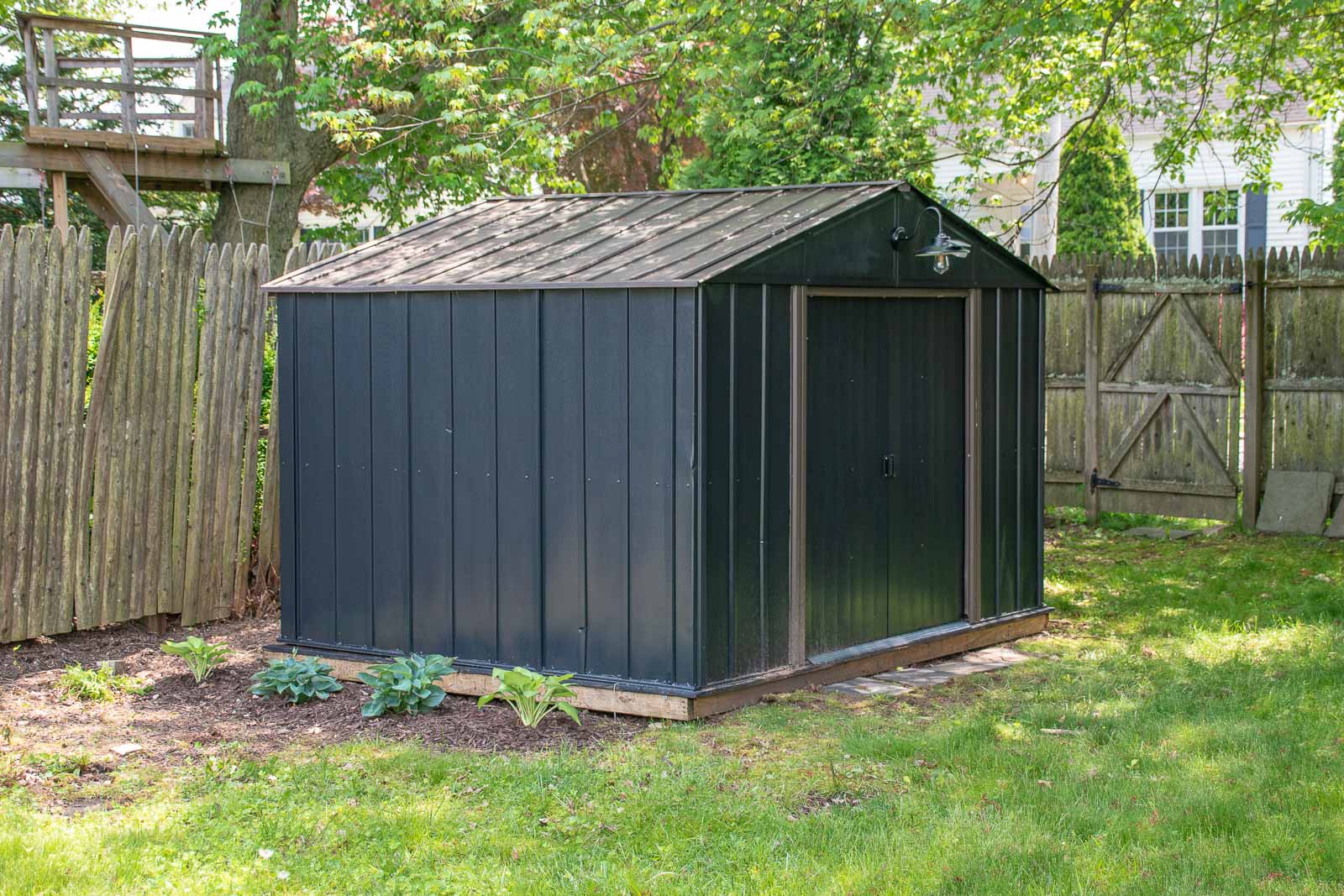
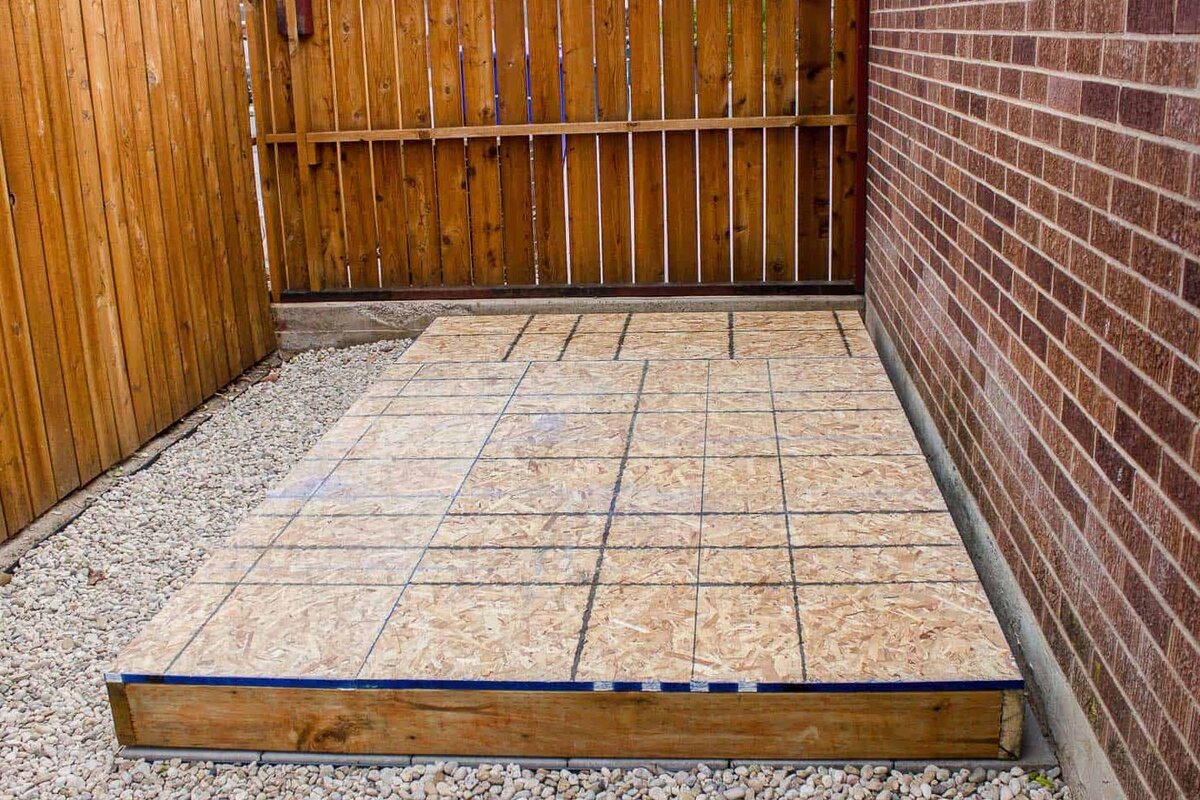
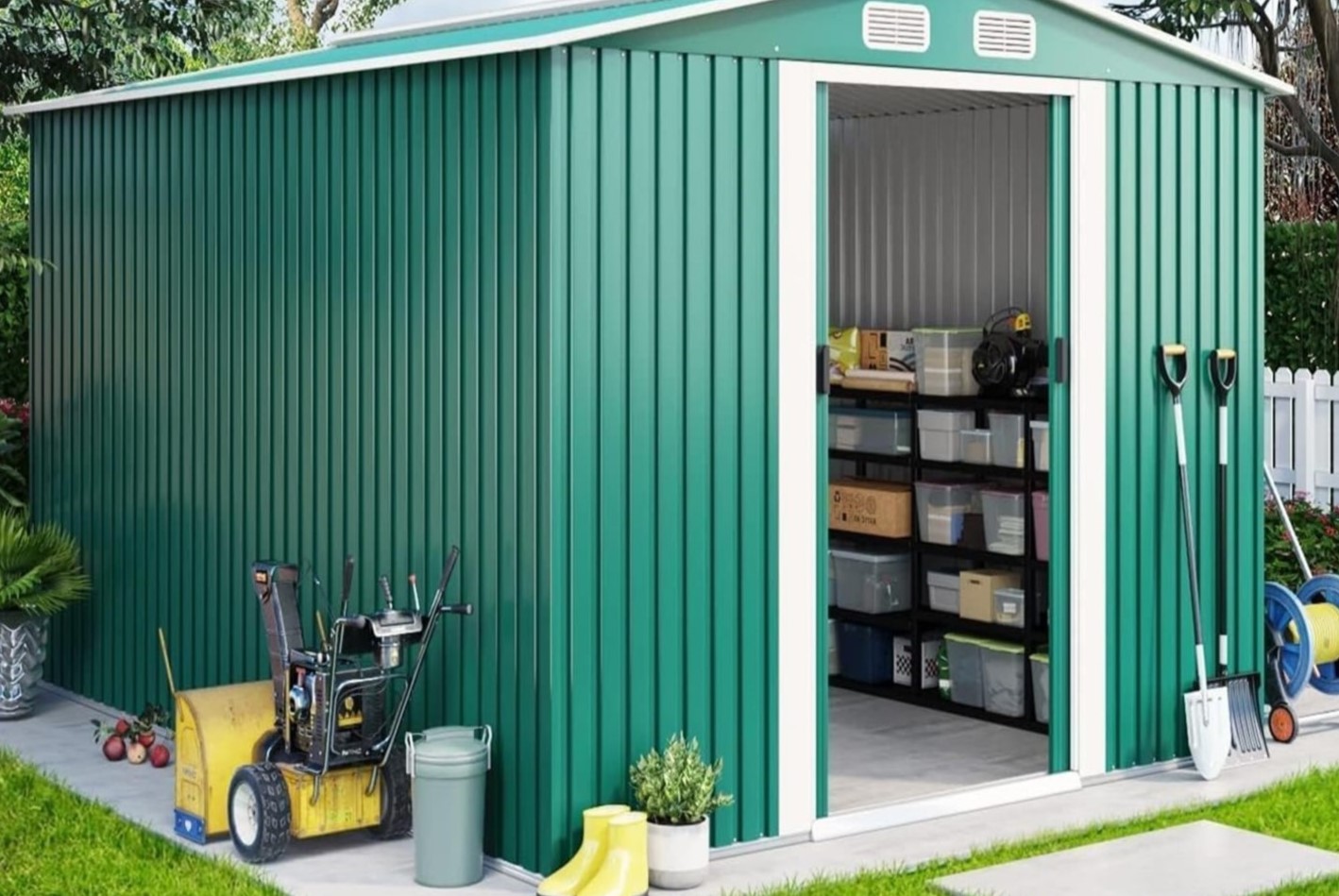
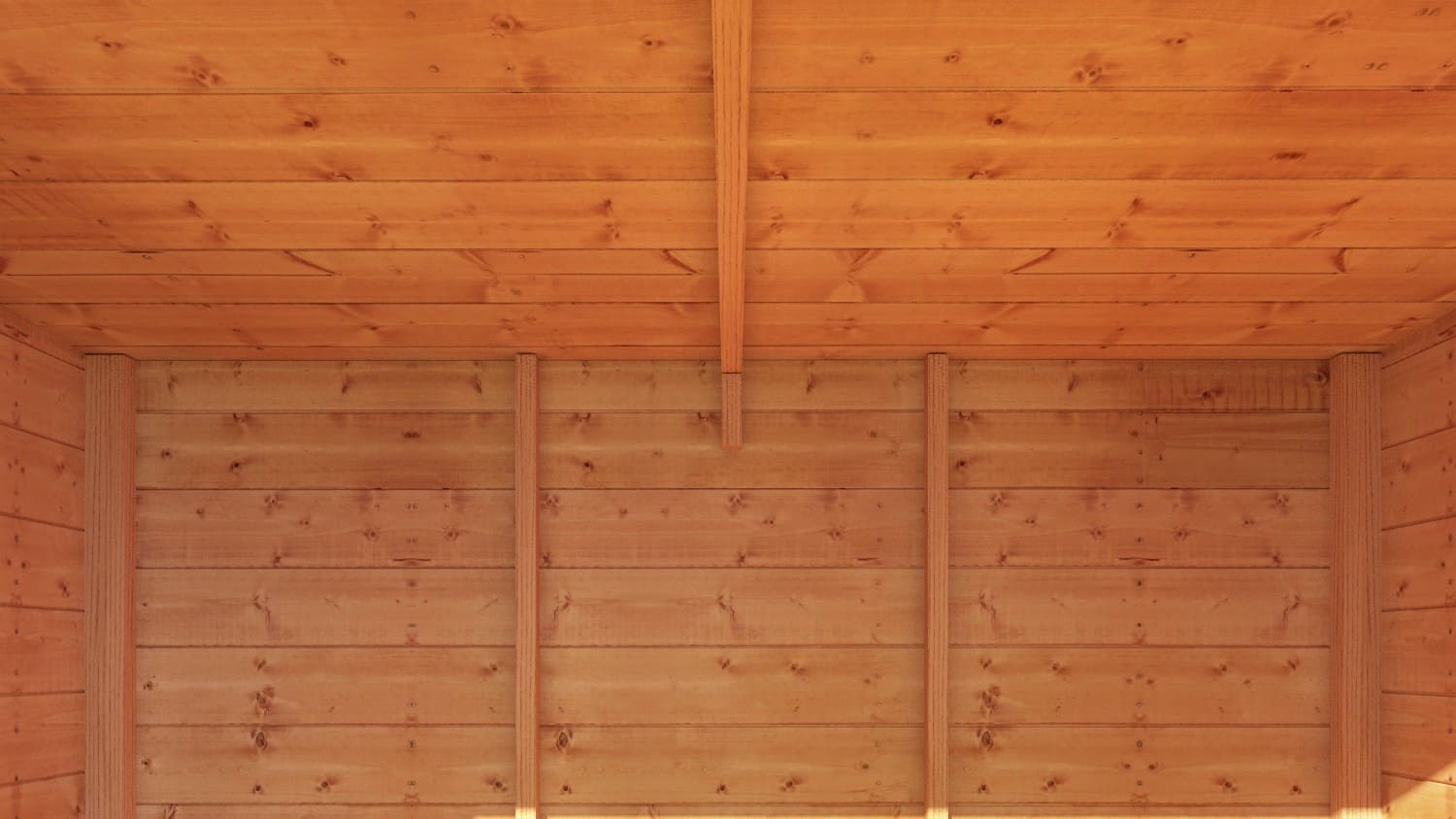
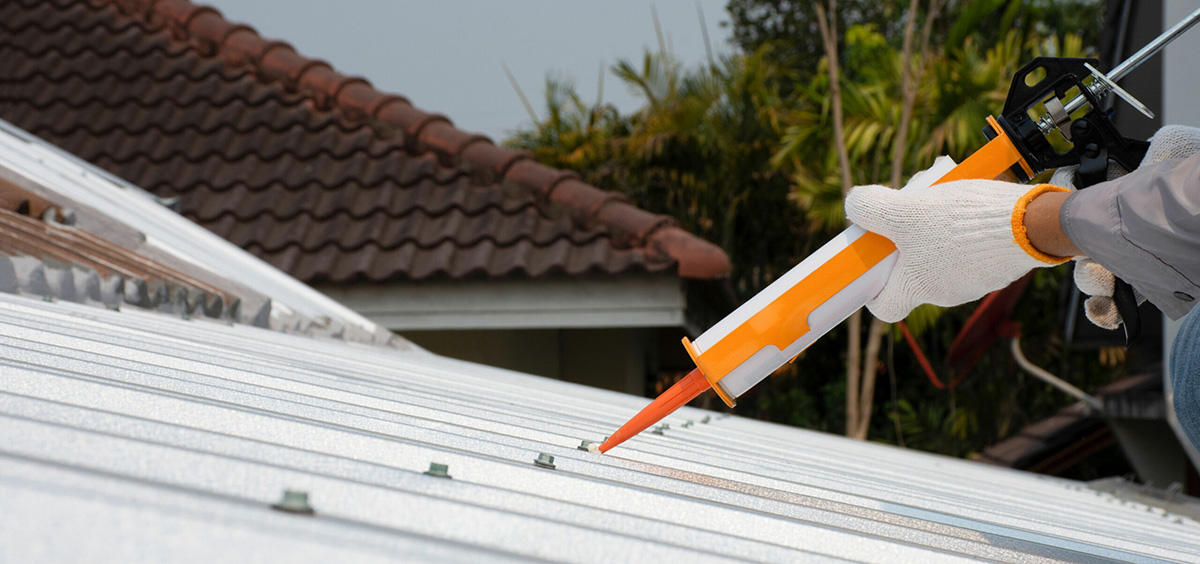
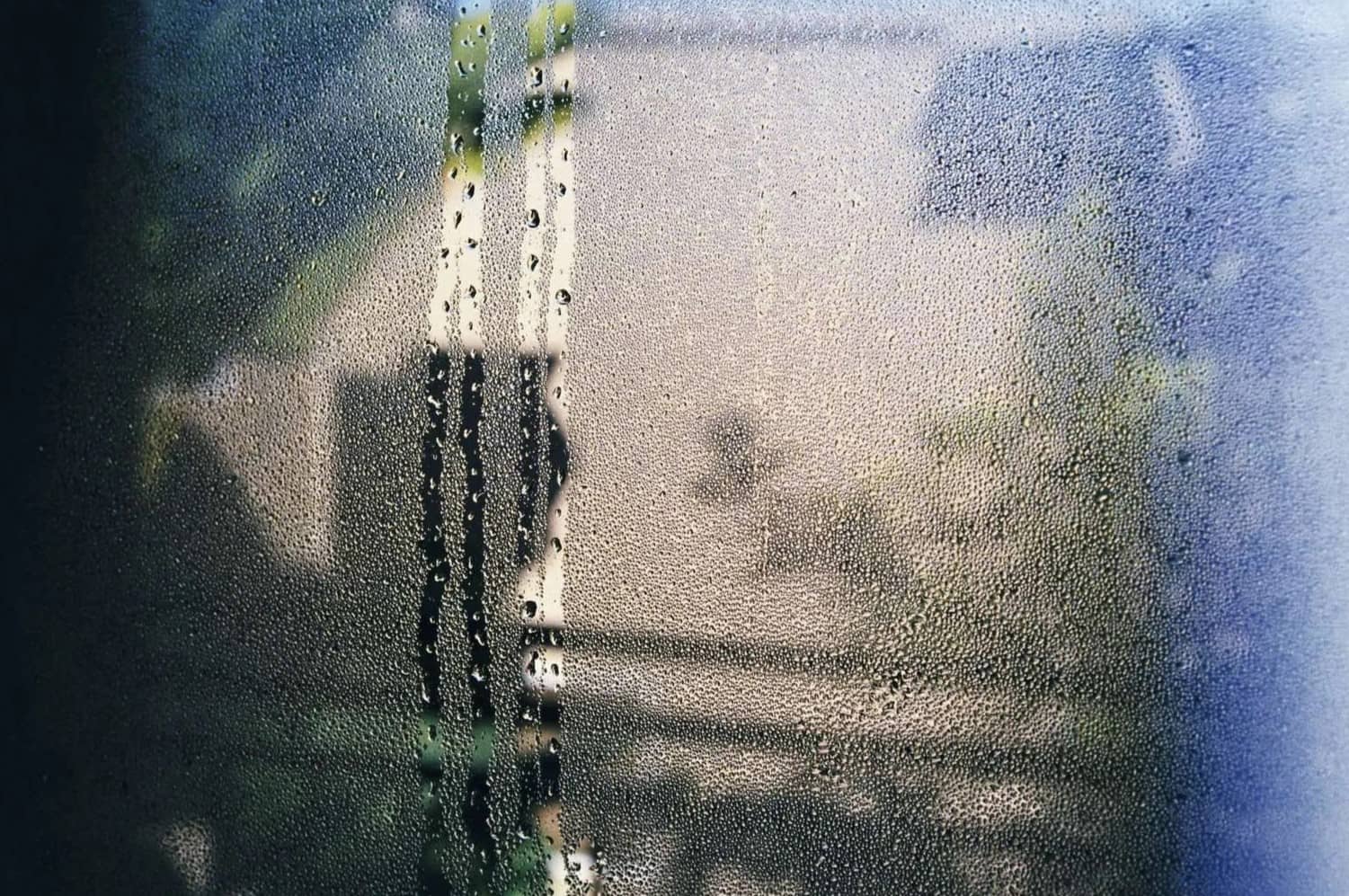
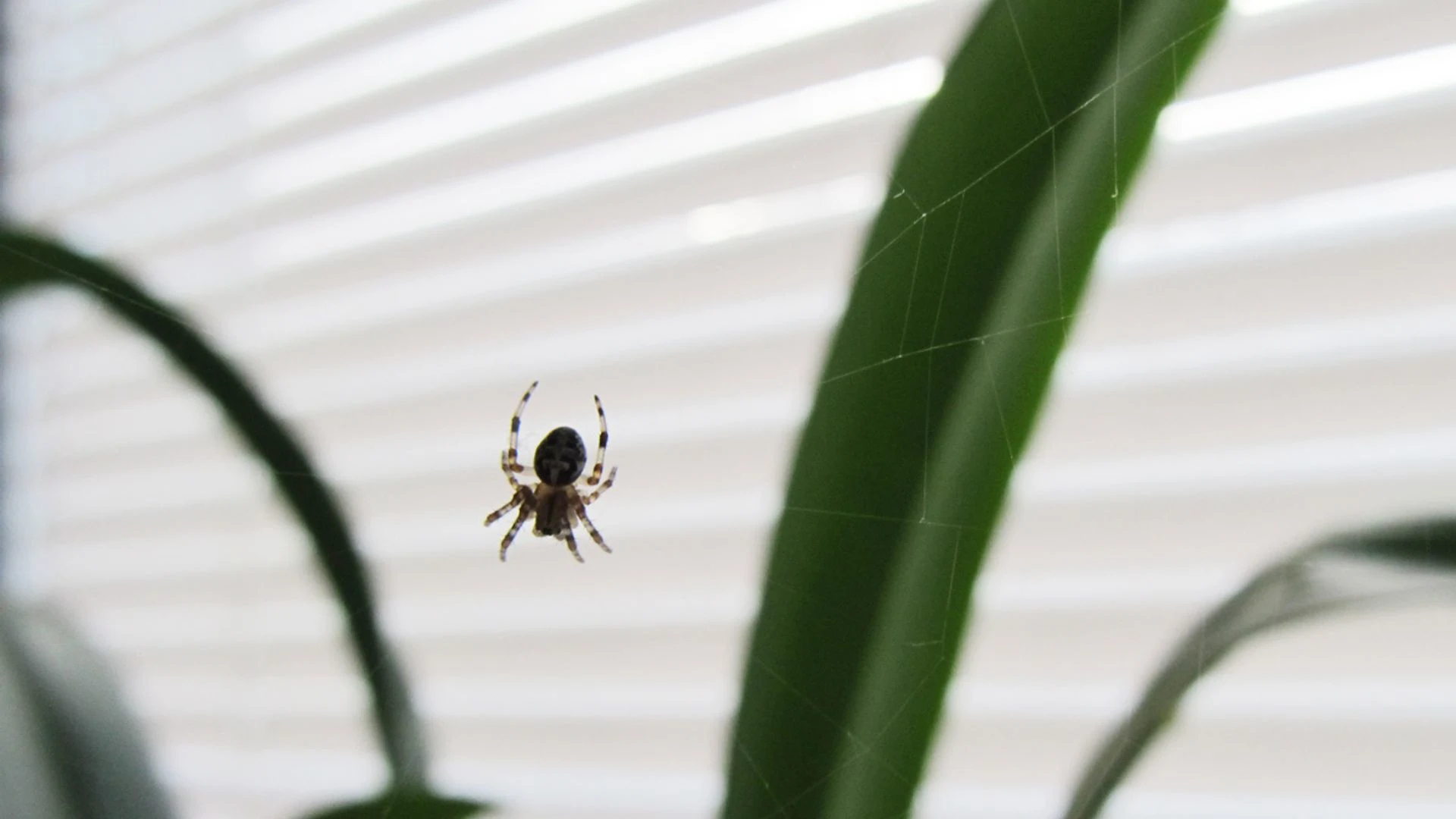
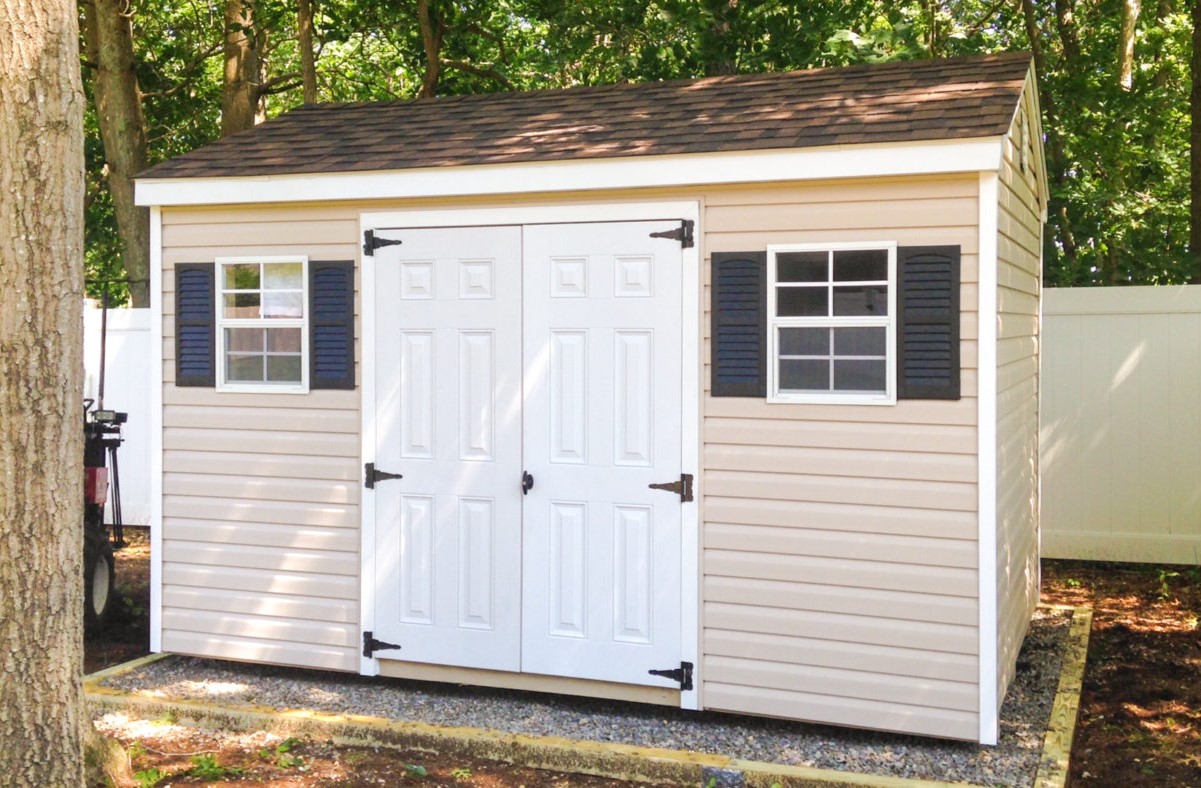
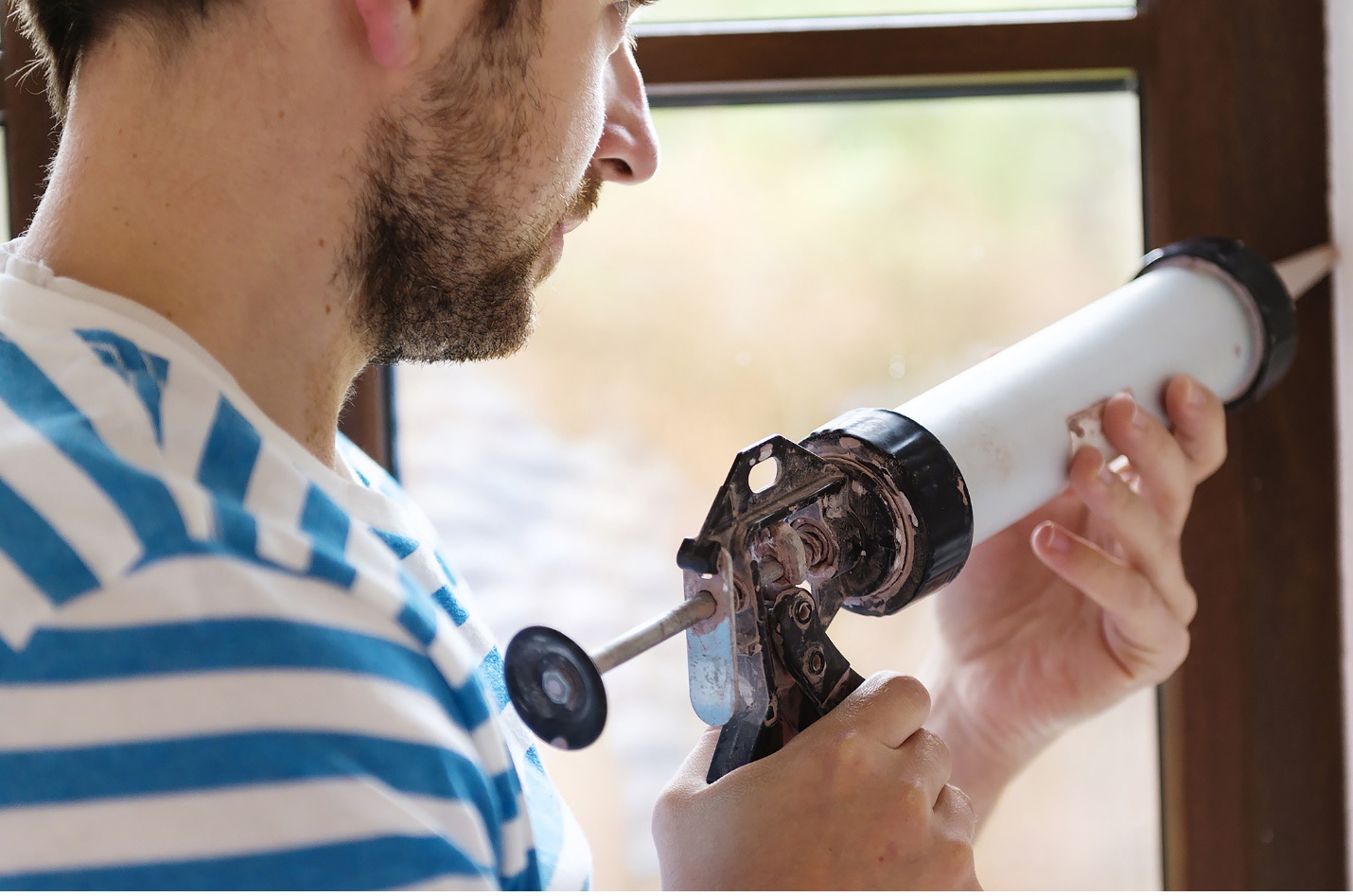

0 thoughts on “How To Keep A Metal Shed Cool”